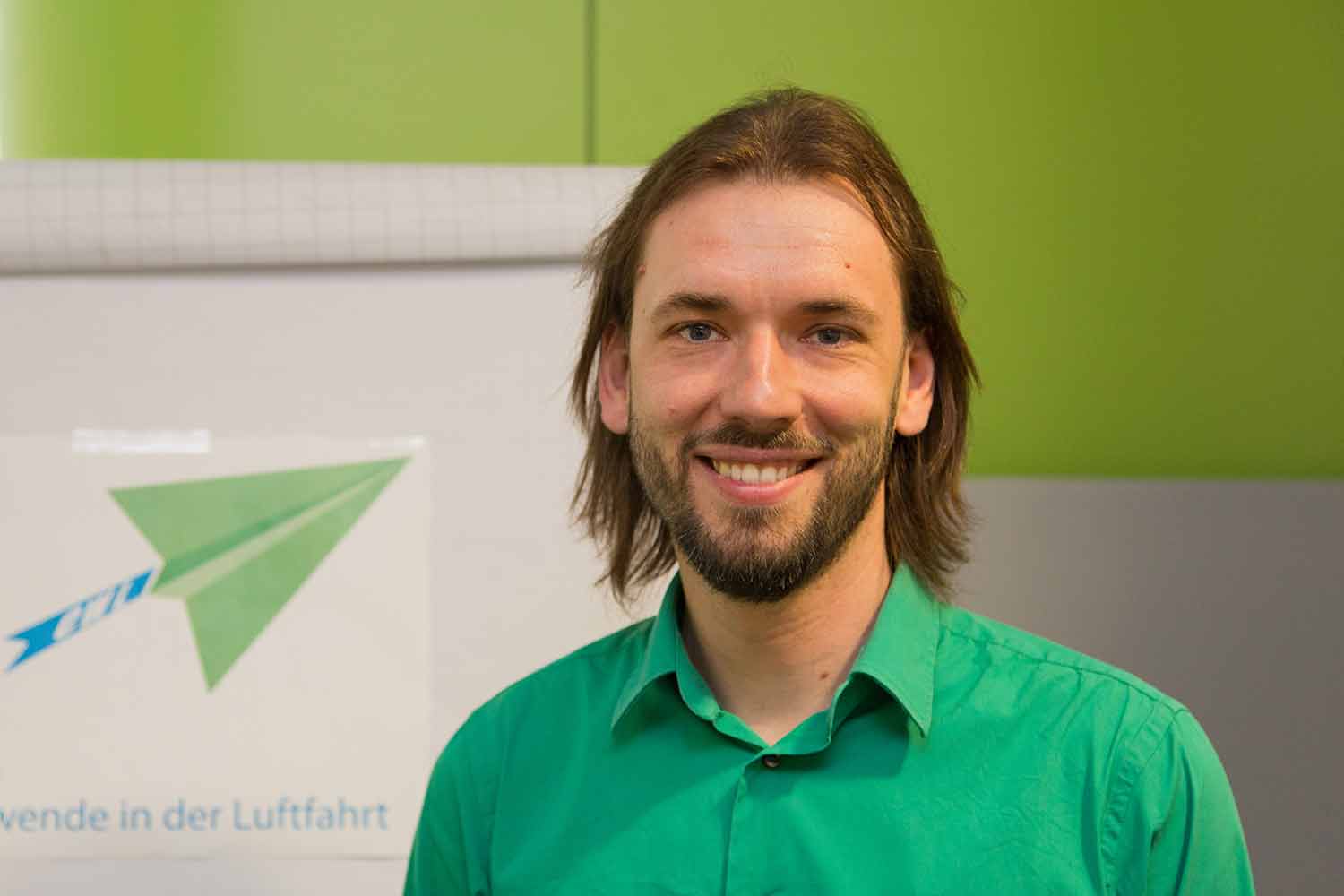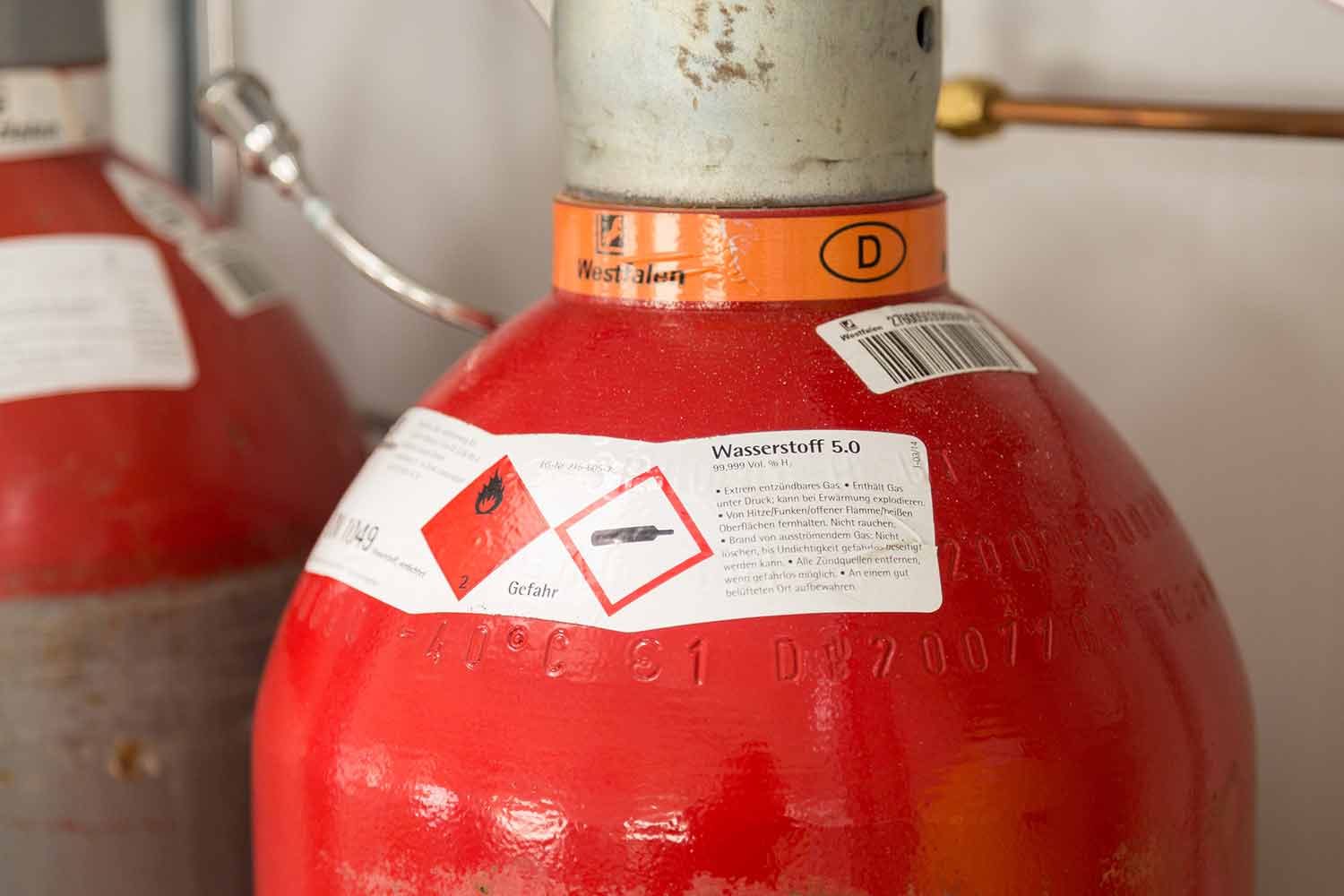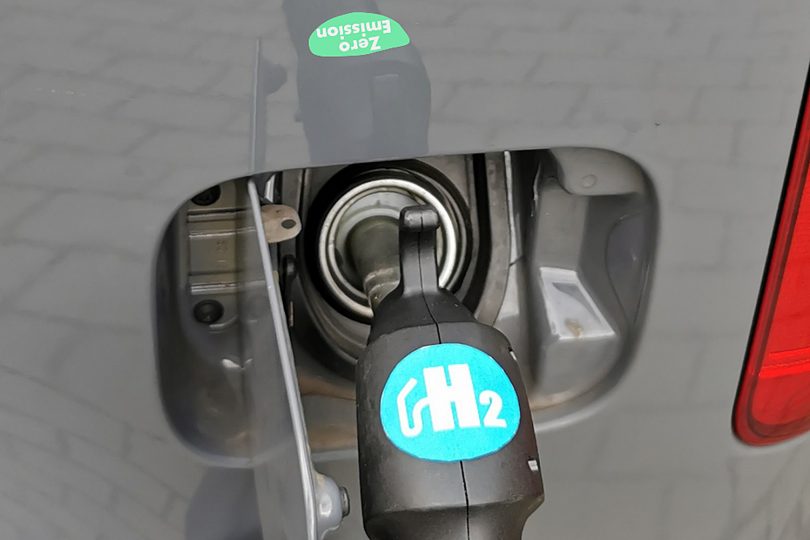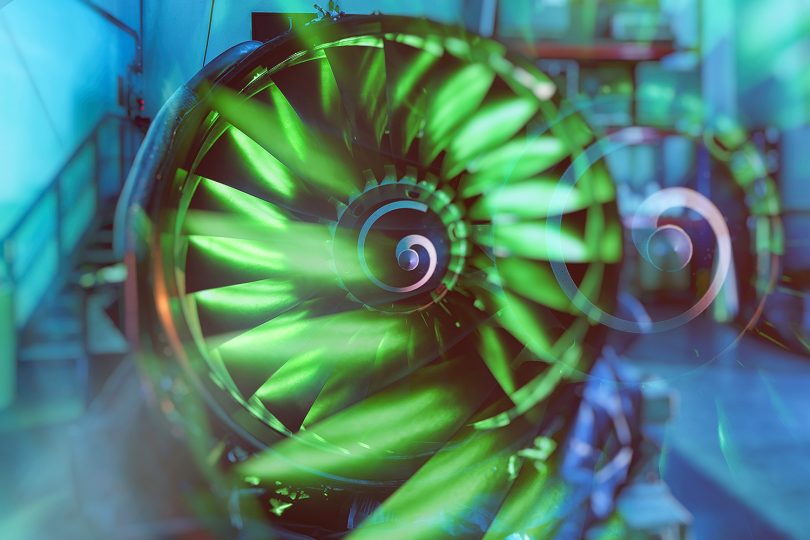Hydrogen as fuel Focus on Research: Energy Transition in Aviation
How can we live mobile lives without putting further strain on people and the environment? Dr. Thomas Kadyk of TU Braunschweig’s Institute for Energy and Process Systems Engineering has a clear answer: “When it comes to phasing out fossil energy sources, hydrogen fuel cells are the technology of choice for aircraft engines.”
For 12 years, Kadyk has been working intently on fuel cell technologies. In November 2016, he joined TU Braunschweig and the research project Energy System Transformation in Aviation as a member of the Energy Supply team. Before that, he was a researcher at Simon Fraser University in Vancouver, Canada. “During my stay in Canada, I realised what it means to think and live sustainably. Seeing how close the indigenous people are to nature, and their concern for their environment, had a great impact on me.”
Fuel cells: Tested in space

Dr. Thomas Kadyk, Research Fellow at the Institute of Energy and Process Systems Engineering of the TU Braunschweig. Picture credits: Jonas Vogel/TU Braunschweig
One eco-friendly fuel source is hydrogen. With the help of oxygen, fuel cells transform the energy stored in hydrogen directly into electrical energy; the only by-product is water. As early as 1838, German chemist Christian Friedrich Schönbein and British physicist Sir William Robert Grove experimented with fuel cells. During the Apollo programme of the 1960s, fuel cells were used in space travel. Since the 1990s, engineers have been working on their incorporation into car engines and, in September 2016, the hybrid aircraft HY4 took off on its maiden flight from Stuttgart. It is the first four-seater passenger aeroplane in the world powered solely by a system of hydrogen fuel cells and batteries. Scientists at the German Aerospace Centre (DLR) developed the aircraft’s powertrain.
But will it be possible to use this technology in larger aircraft anytime soon? At the moment, experts see the limits of what is feasible with planes the size of regional jets, carrying up to 40 passenger over short distances. Kadyk, however, aims to overcome this mental barrier and is looking forward to the challenge. The surface power density, efficiency and reliability of the propulsion system require further improvement. In addition, generating hydrogen is still a very complex process. Kadyk explains, “A lot of energy is needed for hydrogen production – and this energy ought to come from renewable energy sources such as wind and hydroelectric power plants.” New infrastructure will also be necessary to supply the aircraft with hydrogen at the airports.
Can we expect a revolutionary break-through?

Could hydrogen fuel cells are the technology of choice for aircraft engines, if fossil energy sources phases out? Credit: Jonas Vogel/TU Braunschweig
When it comes to technological improvements in aviation, the word most commonly used is evolution, not revolution. Every scientist knows that success in this domain usually comes in small steps. But will this incremental process really get the job done and get electromobility off the ground (literally!) in the near future? Or – who knows – is a revolutionary break-through waiting just around the corner that will push aside issues such as “doesn’t work, too expensive, too complex”? Kadyk is certain of one thing: “We are nowhere near to exhausting the potential of fuel cells.”
Text: Nicole Geffert


